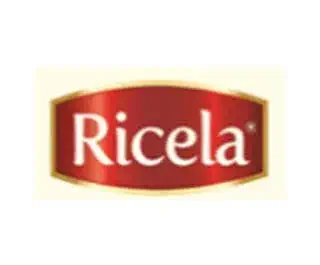Winterization
We believe in providing top quality workmanship and are so confident in our level of service that we back.
We believe in providing top quality workmanship and are so confident in our level of service that we back.
Winterization is a specific type of crystallization and filtration process used primarily in the food and beverage industry, especially in the production of oils and fats. It is designed to remove waxes, fats, and lipids that can crystallize at lower temperatures, thereby improving the clarity and stability of the oil.
The process begins by cooling the crude oil (usually vegetable oil or extracts like CBD oil) to a temperature typically between 0°C to 10°C (32°F to 50°F). This temperature is below the melting point of waxes and lipids present in the oil.
As the oil is cooled, waxes, fats, and lipids begin to crystallize and solidify. These substances are insoluble at lower temperatures and tend to form solid particles or crystals within the oil.
Mechanical agitation or mixing is often employed during cooling to facilitate the nucleation and growth of crystals. This helps in achieving a uniform distribution of crystals throughout the mixture.
The mixture may be allowed to stand for a period to ensure complete crystallization and maturation of the wax crystals. This step is crucial for maximizing the efficiency of the subsequent filtration process.
After sufficient crystallization, the cooled mixture undergoes filtration to separate the solidified waxes and lipids from the liquid oil. Several filtration methods can be used:
Uses gravity to pass the mixture through a filter medium, where the solid crystals are retained while the clarified oil passes through.
Applies pressure to force the mixture through the filter medium, useful for thicker mixtures or when a high filtration rate is needed.

Strategies to ensure proactive domination. At the end of the day,User generated content in real-time will have multiple touchpoints for offshoring.























Discover some of the most asked questions regarding Winterization Plant.
Winterization is a process used to remove the waxes and other solid components from edible oils to prevent cloudiness or solidification at low temperatures. It improves the oil’s appearance and ensures it remains clear and fluid when refrigerated or stored in cold conditions.
Winterization is essential to ensure that oils maintain their clarity and quality in colder temperatures. Without winterization, oils may become cloudy or form sediment, affecting their visual appeal and performance in various applications.
No, winterization is not required for all edible oils. Oils with low wax content, such as olive oil, generally do not require winterization. The need for winterization depends on the oil’s composition and its intended use.
The process typically involves cooling the oil to solidify waxes, which are then separated from the liquid oil through filtration or centrifugation.
Benefits include improved oil clarity, prevention of cloudiness and solidification at low temperatures, enhanced appearance, and extended shelf life of the oil.